Executives from Britain’s leading defence trade associations have warned MPs that the second strand of the AUKUS security pact, focused on advanced technologies such as AI, undersea systems and cyber, lacks clear direction, dedicated funding and a coherent UK roadmap, leaving Western partners vulnerable to strategic drift.
Appearing before the Commons Defence Committee, Matthew Evans of techUK said bluntly, “We have not fulfilled the ambition of Pillar 2 yet, that is the simple answer.” Pressed by Derek Twigg MP on whether that delay gave Beijing an advantage, Evans replied, “Yes. The simple answer to that is yes.”
The witnesses were clear that while the nuclear submarine programme under Pillar 1 has momentum and structure, Pillar 2, designed to develop technologies such as “AI and autonomy, undersea warfare, hypersonic and counter-hypersonic systems,” remains fragmented. Evans described the effort as “a number of testbeds… but only two innovation challenges,” warning that “we are not moving quickly enough.”
Andrew Kinniburgh, Director General of Make UK Defence, said industry had asked the Ministry of Defence to “get the yellow highlighter out” and identify which existing projects fall within AUKUS. “We are desperate to see the defence investment plan, what we are going to put money into, what our key priorities are and what our sovereign capabilities in the UK are,” he told MPs.
Samira Braund of ADS Group added that the absence of ringfenced funding has slowed progress. “There has been lots of activity with current programmes that have become AUKUS programmes, but there has not been dedicated funding for Pillar 2,” she said. The sector is urging the government to create “a dedicated, ringfenced pool of funding for AUKUS Pillar 2” in the forthcoming Defence Investment Plan.
Braund cited the recent Strategic Defence Review, noting that “the UK should double down on both pillars of the AUKUS agreement, using Pillar 2 to test and develop a template for future technology roadmaps.” She added that the current slow pace “gives advantage to all our adversaries.”
The panel agreed that while AUKUS Pillar 1, focused on nuclear-powered submarines, has a clear focal point in the SSN-AUKUS project, Pillar 2 lacks equivalent structure or urgency. Without that, said Evans, Britain and its allies risk ceding ground to China in next-generation defence technologies.


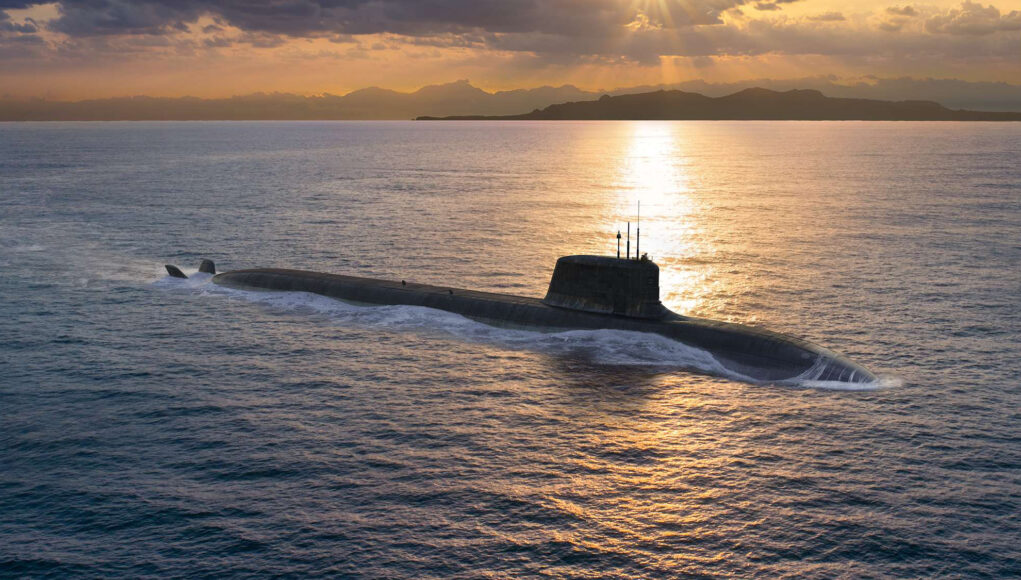

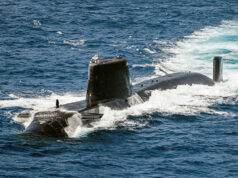

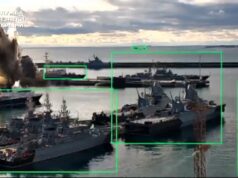

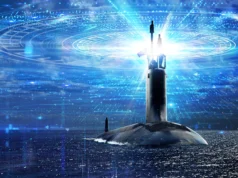

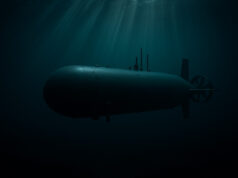

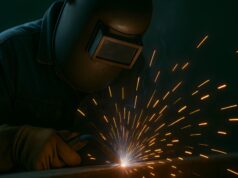

Pillar 1 has a clear focus. Pillar 2 is a hodgepodge of various ideas & possibilities. Some may well pay off, some won’t.
that pillar is a brittle post. thar will fall down with the rest of the u. kk forces.
Isn’t that somewhat inevitable given China’s size and financial resources?
How much % do they expect us to contribute compared to the US?
Or do they require conventional forces to be cut even more so they get a bigger slice of a defence pie that is too small as it is?
I think I already know the answer.
And this is the problem.. it’s all very well to say the west will be overtaken in next generation capabilities.. but at the moment the issue is this generation capabilities.. China is just finishing of the infrastructure that will take it to possibly over 30 bays for assembly of SSNs and SSBN.. the UK US and France together have about 12 bays. China builds over 50% of the world’s ships and produces 250ish times the tonnage of the U.S. in ships. It’s these capabilities we need to be laser focused on.
We ain’t got a hopper in hell. Neither have the Americans. Just get used to it.
Anyway what are we even defending anymore. I used to be a proud Brit but unfortunately that was taken from me.